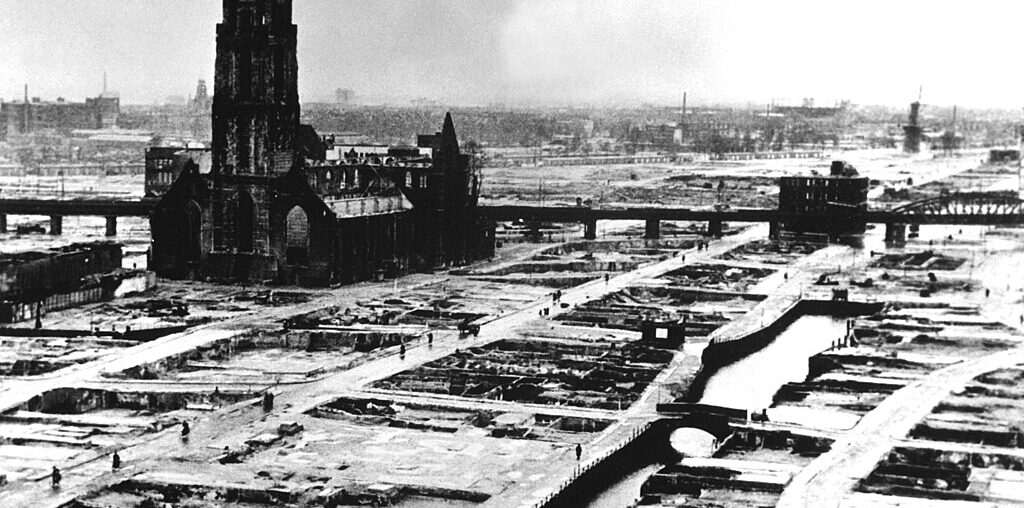A Place to Hide is my ninth novel and the seventh set during World War II. As it frequently happens, research in support of one novel uncovers suggestions for a new and different novel. Thus, research on Denmark in preparation for Defending Britta Stein introduced me to factual scenarios unique to the Netherlands. Although these two countries were neighbors and historically neutral, their experiences during World War II could not have been more dissimilar. Or more tragic. Whether we analyze Holland’s experience from a global perspective or from the individual’s point of view, the term “contrasts” keeps coming to mind. It was a time and place where pure heroism arose from the most unexpected and unlikely sources.

When one thinks of Holland, one visualizes tulips, windmills, and bridges spanning busy canals. It was and is a lovely country, and a society adjusted to a pleasant way of life. In writing this book, I created characters designed to bring the reader into this grand setting. Through the characters’ eyes, we view the actual historical facts as they occurred. A Place to Hide introduces us to two fictional Americans: Theodore “Teddy” Hartigan and Julia Powers. In the story, they work as officials at the U.S. consulate in Amsterdam. A dream job, yet it is 1937 and the world is about to change.
Though they were only separated by a border, just a line drawn on a map, Holland and Germany could not have been more different in the 1930s. Holland was a land of conviviality, mirroring the disposition of its Queen Wilhelmina. Germany was a stern and militaristic state, mirroring the demeanor of its Führer. They were neighbors with very little in common. In the Third Reich, an edict was issued, and it was followed without question. On Berlin’s boulevards, helmeted soldiers marched with their hands held high in Nazi salutes.
Consider Holland to the west: Men rode bicycles to work and stopped in one of the many plazas for a Heineken on the way home. Frivolity abounded in the many cafes, not to mention in De Wallen, Amsterdam’s noted red-light district. The Netherlands was a tolerant society with diverse religions. One hundred and fifty thousand Jews and numerous synagogues gave Amsterdam the moniker “Jerusalem of the North.” This was in stark contrast to Nazi Germany’s ruthless persecution of those considered “Juden” and its intent to free Germany of all Jews.
As the 1930s draw to a close, both Teddy and Julia are promoted at the consulate, manage to find love interests in the city, and are comfortable in the land of the windmills. But the close of the decade also saw Germany launch World War II with unprovoked attacks on neighboring countries. People in the Netherlands did not feel threatened because they were neutral in the last war and intended to remain neutral. They pointed to a peace treaty with Germany confirming that neutrality. Yet, in 1940, Germany ignored the treaty and, without any warning, ruthlessly attacked the Netherlands. They quickly overran the country and installed a wicked dictator to enforce Hitler’s murderous edicts.
During the occupation, the term “contrasts” clearly applied. Holland’s Jews were maltreated and terrorized, but, the non-Jewish majority deemed themselves powerless to interfere and collectively turned their heads. They concluded it was happening to someone else, and they shut their eyes. After all, they thought, it really didn’t affect them personally, and they had to protect their families.
In divine contrast, certain individuals rose above the crowd and deemed it unacceptable to stay silent. They chose to make a difference, no matter what the cost. Through Julia and Teddy, we are introduced to Henriëtte Pimentel, dean of the nursery school called the Creche. She shuttled hundreds of Jewish babies out the back door and into the neighboring college to be given to new parents, people who were willing to adopt one, or maybe two. We meet Walter Süskind, the manager of the Theater, where captive Jews were held until the train took them to the camp. Walter made sure that names were mysteriously erased from the passenger list. Alice Cohn forged hundreds of identity cards, skillfully omitting the black “J.” The Utrecht Rescue Squad found homes for those needing to hide. And on and on. In that way, tens of thousands were rescued, and their lives were saved.
A Place to Hide examines how, despite the direst of circumstances, the goodness of man prevails.

